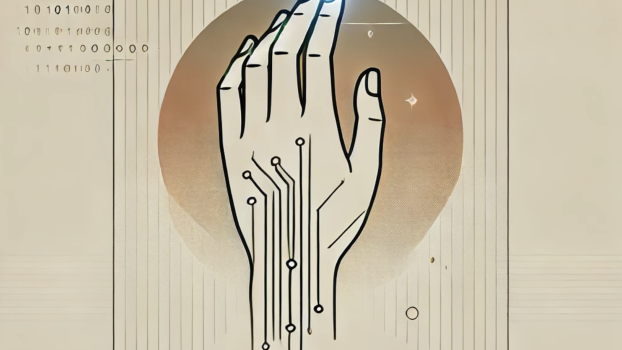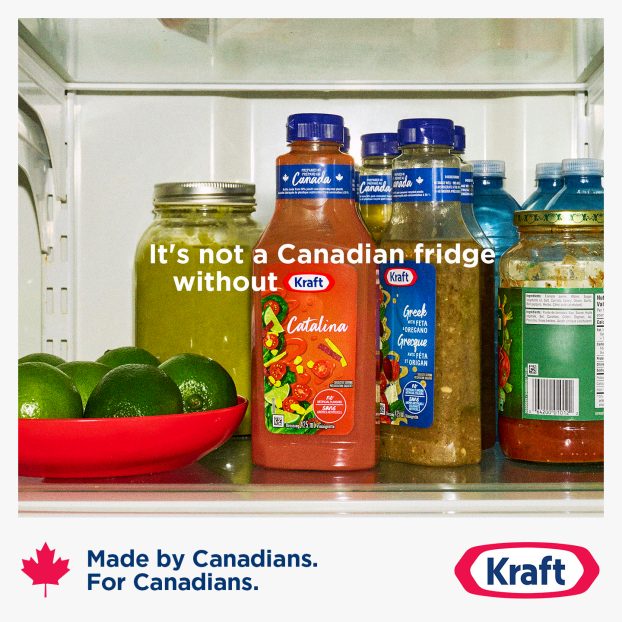You are reading a story from Strategy Ad Tech, a weekly look at the strategies, partners and processes that are helping brands drive innovation and utilize new technology, both internally and with consumers. Have the stories delivered directly to your inbox every Thursday by subscribing to the newsletter.
This story originally appeared in the March/April 2020 issue of strategy.
A new reality has hit the world of connected devices. Even after customers purchase a smart product, they still don’t own them – at least, not entirely. More and more, companies need to maintain partial ownership of their connected products throughout their lifecycle, a phenomenon Accenture calls “beta burden” in its 2020 Technology Vision report.
Beta burden is the “unintended consequence” that arises as companies enter “forever beta,” a state in which their connected products are continuously being updated or sometimes changed altogether. Already, 49% of companies say more than half their products require frequent software updates after purchase. And according to Accenture, 74% of executives believe their products and services will require even more updates over the next three years.
This presents new risks for connected products brands: if communication fails, it could end up frustrating consumers who don’t know what to expect from their products. For example, when the company behind the Jibo home robot shuttered the device’s control servers in early 2019, it was suddenly no longer able to respond to simple voice commands. Similarly, Google faced pushback when it temporarily decided to end its “Works with Nest” program in favour of the “Works with Google Assistant” solution.
“Beta burden” is forcing these companies to map out new strategies when it comes to transitioning customers from one generation of a product to the next – which Accenture believes will be critical to customer retention and loyalty in the future. For instance, Signify (formerly known as Philips Lighting) provides lighting-as-a-service, with the brand maintaining ownership of its light bulbs and sensors and swapping them out as needed.
“Thinking of the product as the end-all, be-all for the customer relationship exacerbates the beta burden and puts a hard limit on the company’s potential for future growth,” the consultancy says, adding that as brands build updateable products that meet changing consumer demand, they need to rethink how their sales, development, design and customer support teams will support those products for years, even decades, after purchase.
























